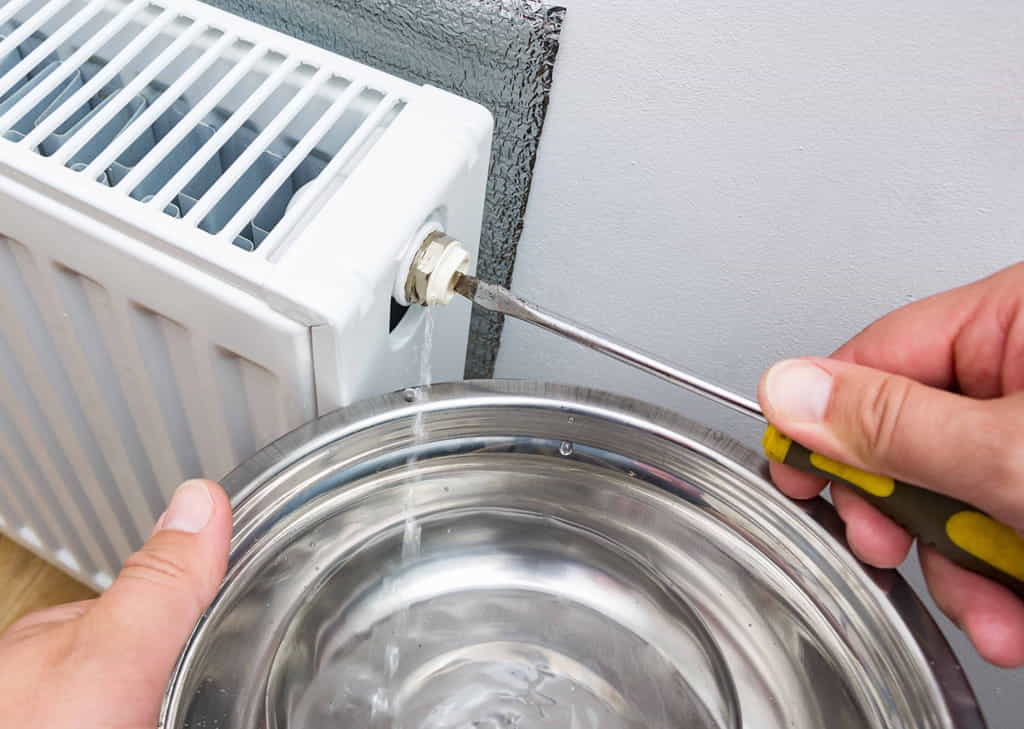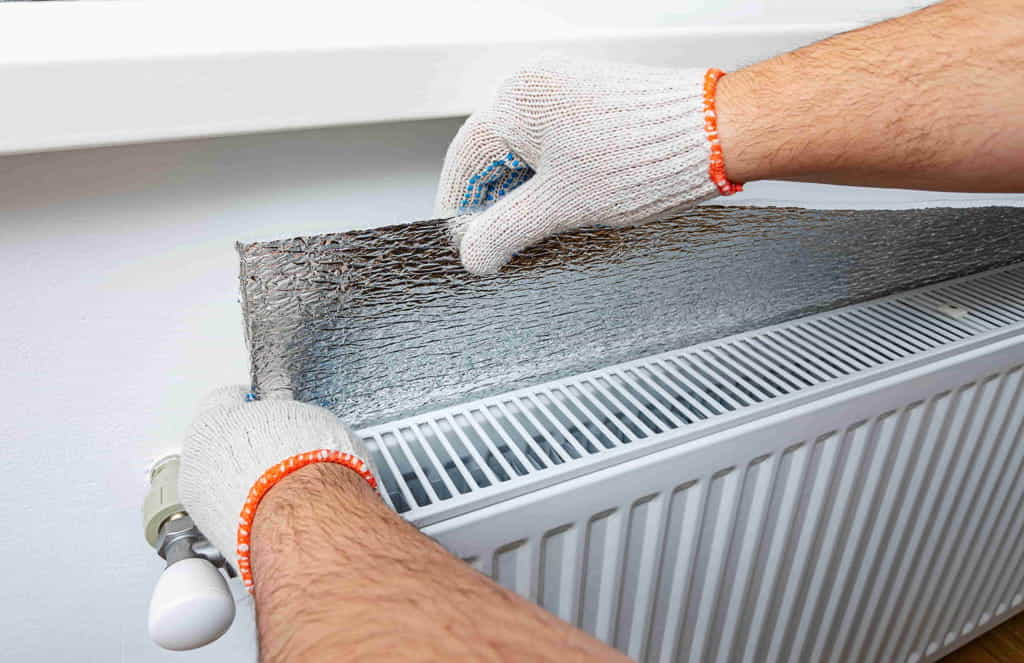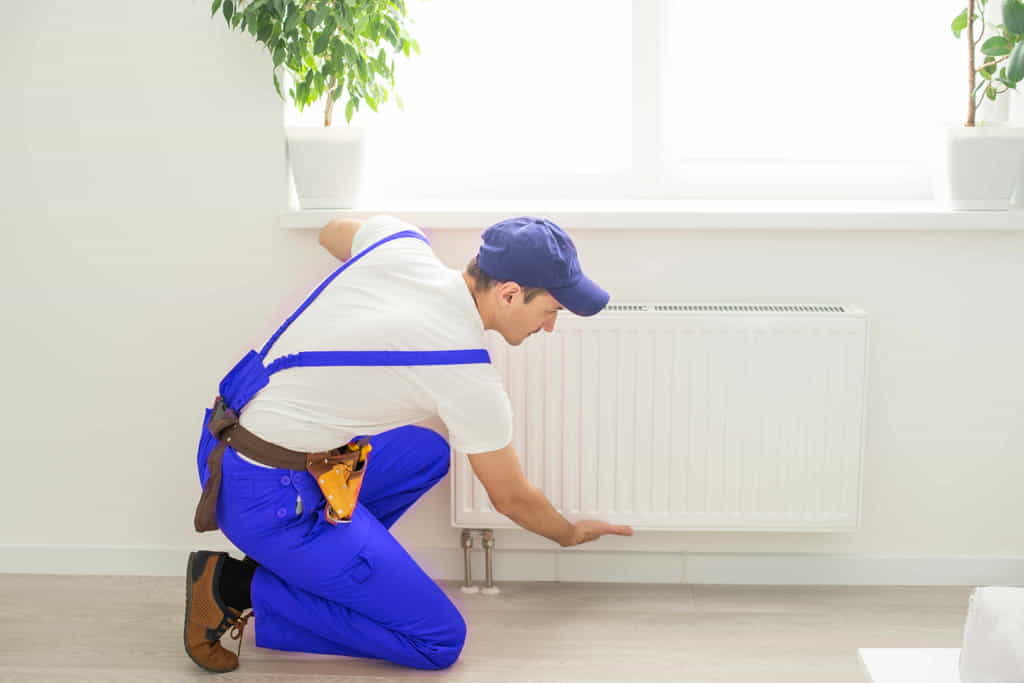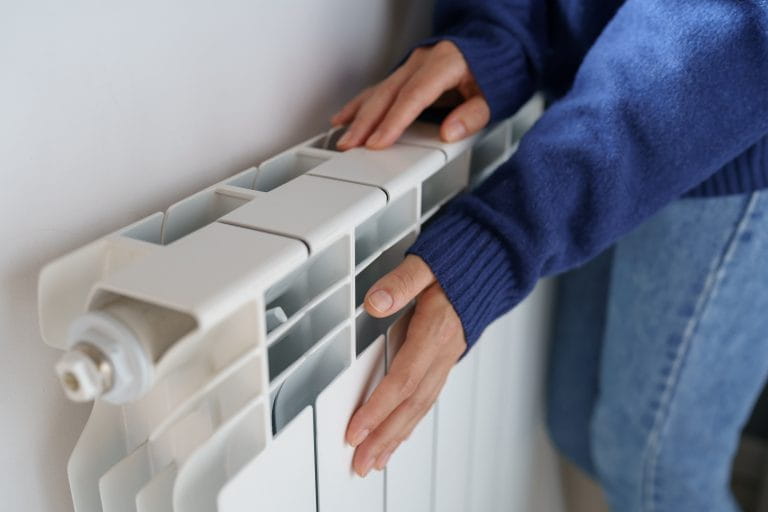The winter cold follows us as we return home after a day's work. We can't wait to relax in the warmth, but an unpleasant surprise welcomes us back: the radiators don't get hot.
So let's find out what to do if the radiators don't reach the desired temperature to go back to spending pleasant moments alone, with friends or with our family.
Why is a radiator cold?
There are several reasons why a radiator remains cold and it may be necessary to intervene on the heating system or on the individual element.
It is therefore necessary to evaluate what could be the cause of the malfunction.
- Check the boiler temperature: first of all, check the temperature set on the boiler thermostat. In fact, if it is too low, the radiators, once that value is reached, will not get warmed up any further.
At this point, if the radiator continues to stay cold, then the problem could be right in the thermostat: it is either damaged or broken and therefore needs to be replaced. - Check for the presence of air bubbles: they form inside the radiators or the heating system. To solve the problem, just let the air out of the radiators using the vent valve on the side of the radiator.
To avoid unforeseen events, it is advisable to use a basin to prevent the water inside the radiator from falling onto the floor. Similarly, it is advisable to use rags to protect the walls near the radiator from any rust and dirt residues. - Monitor the water pressure: the malfunction of the radiators can in fact depend on a pressure that is too high or too low. Considering that the optimal value must be between 1.5/2 Bar, it is possible to intervene by acting on the appropriate tap, in the lower part of the boiler.
If the level is slightly above 2, then it is better to act on the valves of the radiators which do not heat: by emptying them, the pressure drops. If, on the other hand, the value is decidedly high, contact a specialised technician to avoid serious damage to the boiler. - Clean the radiator at least once a year: it is a step in the periodic maintenance of the radiator. As for the external part, it can be done without particular assistance, above all by eliminating the dust.
Instead, if you want to bleed the return pipe located under the radiator, it is worth entrusting yourself to a professional if you don't have enough experience.

Only half of the radiator gets warm: why?
One of the most frequent mishaps in heating operation is when just a part of the radiator warms up: only in the upper or lower part.
If the bottom is hot and the top stays cold, there's no need to worry. In this case, in fact, the boiler supplies less energy to the heating system when the set temperature is reached.
Conversely, if it is the lower part that does not get warm, then some hypotheses must be taken into consideration:
- there are air bubbles;
- there is heat loss because the house is not well isolated;
- the radiator is badly positioned, perhaps on a damp wall;
- the hot water’s flow is obstructed by the accumulation of dirt.
As we know by now, to eliminate air bubbles, the radiator must be vented through the vent valve.
When the radiator is instead positioned near a damp wall, the problem can be overcome with a heat-reflecting panel behind the radiator. The same solution is useful if the radiator is near a poorly insulated window. Heat dispersion is thus limited.
If the cause is instead to be found in the accumulated dirt, the radiator must be cleaned. The expert user can proceed on his own, otherwise it is better to contact an expert technician.

How to get rid of sludge from the radiator?
Over time, the likelihood of the radiator becoming clogged with mud, caused by sludge and various sediments, inevitably increases. The mud ends up blocking the water flow inside the radiator which, consequently, does not heat up evenly.
Accumulated dirt is one of the most common reasons why the radiator remains cold in the lower part: the thick and heavy mud tends to settle on the bottom.
To eliminate it, the radiator must be cleaned and washed.
- First of all it must be purged to remove as much dirty water as possible. With a basin or a bucket you can collect the water that comes out, while the furniture and walls must be protected with cloths so that they do not remain stained.
- The radiator must then be detached from the wall and must be transported outside to rinse it, by passing water into the radiator so that all the unwanted dirt comes out.
- This procedure is not simple and therefore, unless you are familiar with plumbing work, the assistance of a professional and/or technician is essential.
How to understand if there is air in the radiators?
It is not necessary to have a particularly expert hearing to guess when the radiator needs to be vented. If you hear a noise similar to that of a leaking faucet coming from the radiator, then it is very likely that the radiator has bubbles inside which are hindering its operation.
The accumulation of air can derive from an air pocket that was created during the initial filling or from the presence of dissolved gases in the water that circulate when the temperature rises. Or even from water leaks.

How to vent a radiator
Keep in mind that venting is done differently if the house has an independent or communal system.
In fact, if you live in a house with its own system, the operation must be carried out with the boiler off. About an hour after switching off, stabilise the pressure so that it does not exceed 2.5 Bar, helping you with the pressure gauge and the tap located at the bottom. With regulated pressure, you can start venting by opening the appropriate valve.
When water also begins to flow out, the vent valve must be closed. At this point, the air inside has been eliminated and it is a good idea to repeat the operation also with the other radiators in the house. After venting, the boiler cock must also be closed to reset the pressure parameters. Finally, reopen the tap, turn the boiler back on and check that the heat from the radiators is uniform.
If you live in an apartment building, venting is sufficient instead. In centralised heating systems, in fact, the boiler manages to reach the right pressure automatically, thanks to a different technology.









































